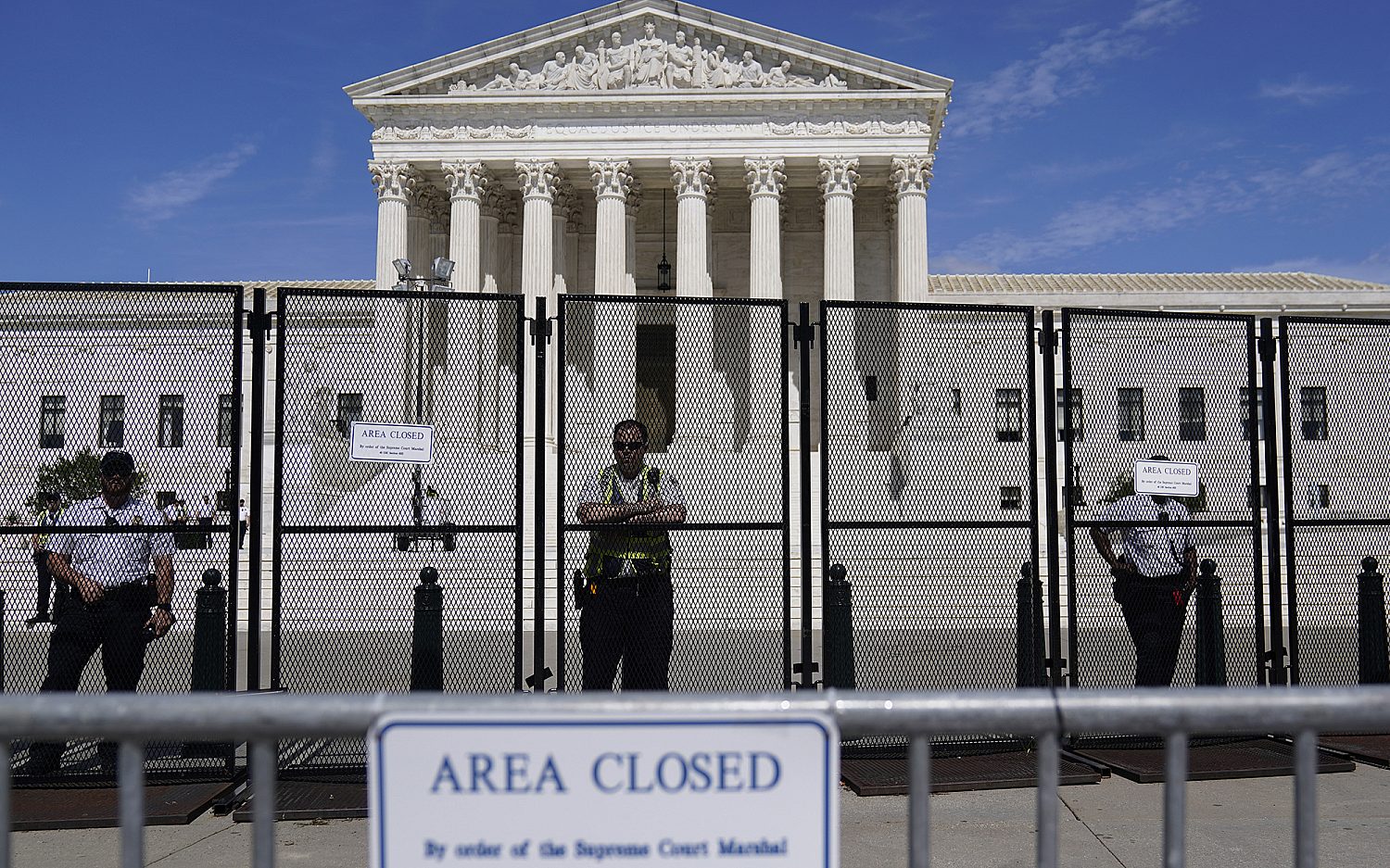Sloppy science fells latest stem cell breakthrough
Accusations of plagiarism, sloppiness, and fabrication have toppled one of the most promising breakthroughs in stem cell research to date. The scandal involves some of the biggest names in the field, including a Harvard researcher and a Japanese science institute that is home to Nobel laureates.
In January, scientists announced in the journal Nature the discovery of a simple, cheap technique to create pluripotent stem cells. The cells could grow into any cell in the body and be useful in treating diseases from Parkinson’s to diabetes. The researchers bathed a mature cell in acid for 30 minutes to reprogram it to an embryonic-like state. The method was cheap, easy, and promising, but may have been too good to be true.
Japan’s RIKEN Center for Developmental Biology today announced the results of its initial investigation into the research. The center did not go as far as accusing the scientists of deception, but it did say there was “inappropriate handling of data” and a “discrepancy within the context of fabrication.” The investigation is incomplete, but the findings spell doom for the study and possibly for the scientists involved.
Those scientists include Charles Vacanti of Harvard University and Teruhiko Wakayama of the RIKEN Center. Vacanti is famous for growing a ear-like structure on the back of a mouse in the 1990s. Wakayama was the first scientist to clone a mouse. Their names, plus the publication in Nature, lent credibility to the findings.
Earlier this week, Wakayama told Japanese press he questioned the study and thought it should be retracted. Wakayama’s about-face came after other scholars posted doubts about the study on numerous websites. Most of the concerns stem from the work of Haruko Obokata, a Japanese scientist who collected most of the data for the papers. Obokata works at RIKEN and studied at Harvard under Vacanti.
So far, no one has been able to reproduce the acid-bath method that supposedly created the pluripotent stem cells. Obokata released a protocol for the procedure, but it seemed to contradict parts of the papers published in Nature. Internet fact-checkers also pointed out that some of the images in the Nature papers looked fake and may have been copied from Obokata’s dissertation. Other parts of the papers appear to have been plagiarized, too.
Obokata’s colleagues have not accused her yet of deliberate malfeasance. Earlier this week, Vacanti told The Boston Globe, “I think there were some simple, perhaps sloppy mistakes that I thought were honest mistakes.” But those who follow the field closely can’t help recalling the notorious stem-cell fraud of Hwang Woo-Suk. In May 2005, Hwang, a South Korean scientist, claimed to have cloned human embryos and harvested pluripotent stem cells from them. Six months later, he admitted he made the whole thing up. He fooled the world by using normal, lab-created embryos and saying they were clones.
An actual newsletter worth subscribing to instead of just a collection of links. —Adam
Sign up to receive The Sift email newsletter each weekday morning for the latest headlines from WORLD’s breaking news team.





Please wait while we load the latest comments...
Comments
Please register, subscribe, or log in to comment on this article.